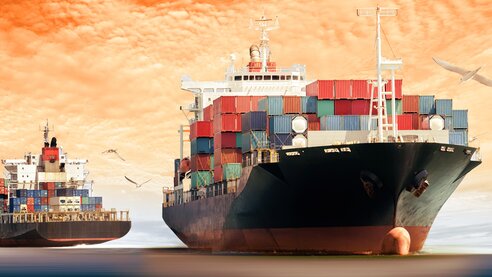Trade is a cornerstone of the economy’s “creative destruction”—that is, the birth, life, and death of firms that breeds innovation and raises living standards. While much of this activity is imperceptible, it is doubtlessly driven by consumers and capital seeking more productive ends in the global marketplace. International competition, for example, has long pushed American companies, such as the Big Three automakers in the 1980s, to improve their products or go out of business. And money Americans save by buying cheap foreign goods is often spent on, or invested in, promising domestic companies and their higher‐skilled workers. The outcome of these unseen transactions is not just “cheaper stuff,” but better and once‐unimaginable goods, better jobs, better companies, and better lives.
These results also show that restricting the proper functioning of market forces through tariffs, quotas, import or export restrictions, or any other protectionist policies results in overall welfare losses for the whole of society, as the total costs inflicted upon consumers are almost always greater—and usually by many multiples—than the benefits conferred to domestic producers and the government. Thus, for example, tariffs imposed in 2009 on tires from China cost Americans $900,000 annually per job saved in the domestic tire industry ($1.1 million in 2021 dollars)—money that the consumers could not save, spend, or invest elsewhere in the economy. That’s a terrible deal, not only for the tens of thousands of people in need of new tires each year, but also for the nation more broadly.
*Note: Excerpt 4 is from “The (Updated) Case for Free Trade” by Scott Lincicome and Alfredo Carrillo Obregon. The entire essay can be found here: https://www.cato.org/policy-analysis/updated-case-free-trade.
